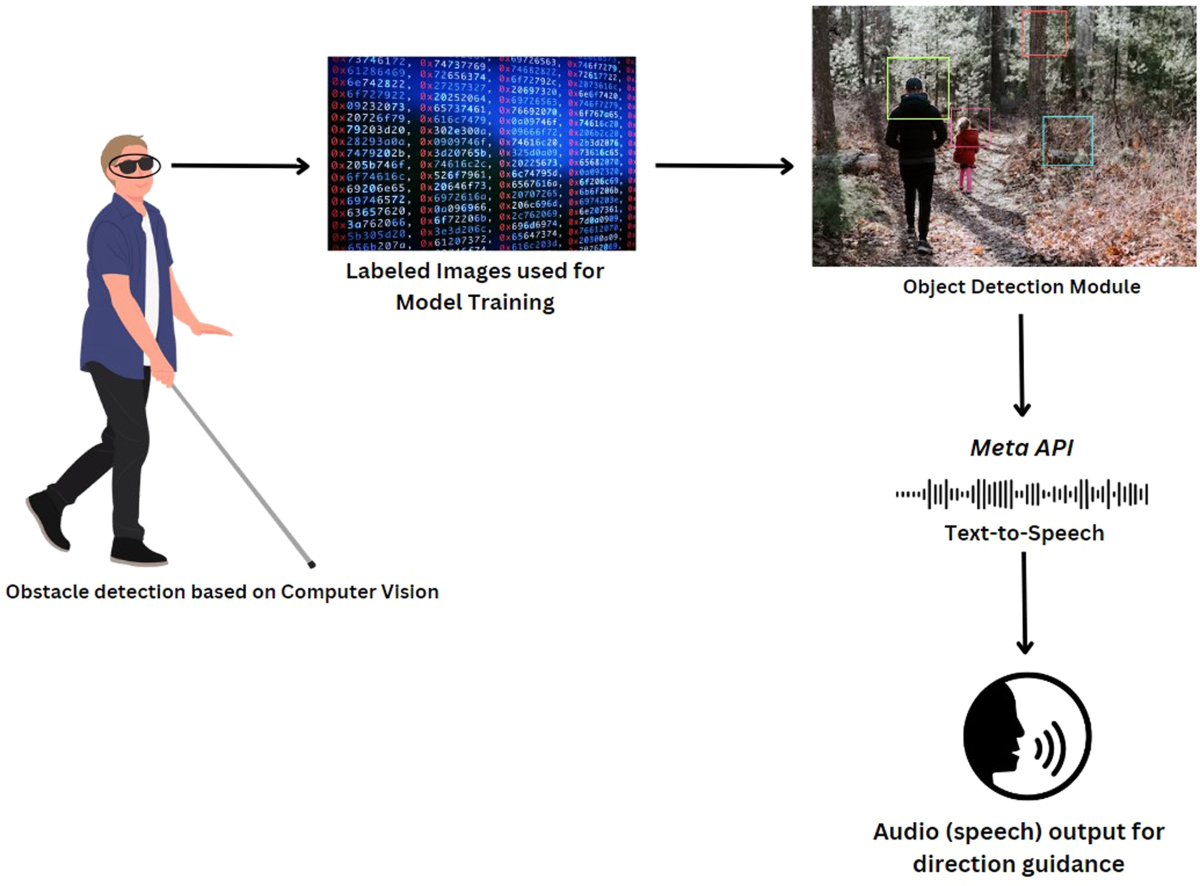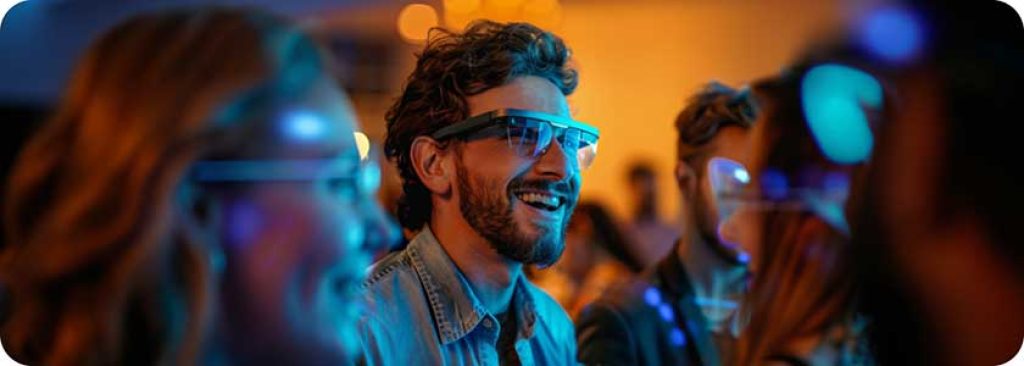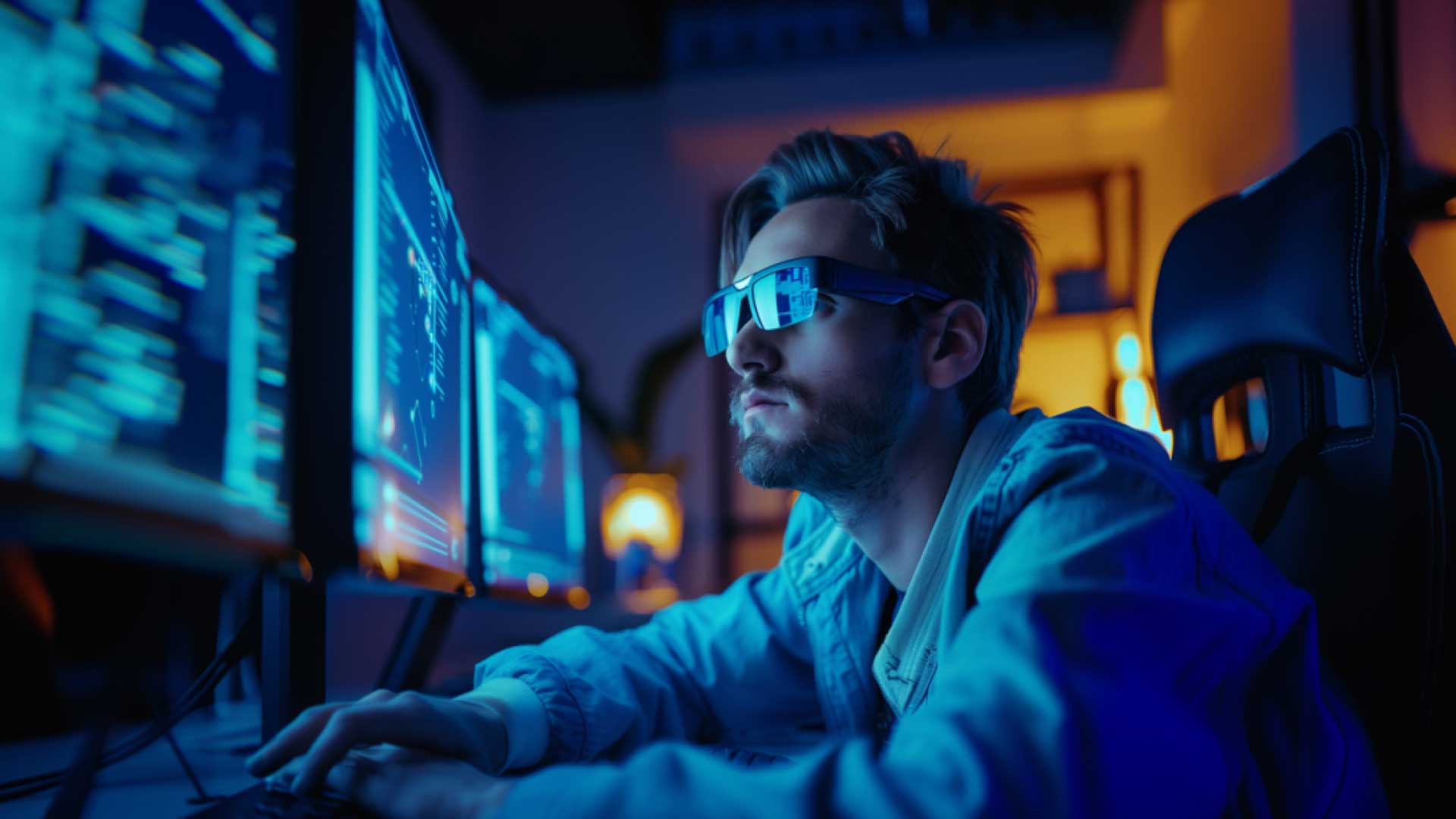How Smart Glasses for the Visually Impaired Are Revolutionizing Daily Life
How Smart Glasses for the Visually Impaired Are Revolutionizing Daily Life
Blog Article
Empowering Independence With Assistive Technology for the Blind
The assimilation of assistive technology for individuals that are blind or visually impaired represents a substantial development in fostering independence and enhancing quality of life. With a series of gadgets-- from display readers to cutting-edge responsive devices-- these innovations not just help with navigation and communication however also promote social incorporation and engagement in various elements of life. As we explore the diverse kinds of assistive gadgets and their real-world applications, it becomes clear that the impact is extensive. The evolution of this technology elevates critical concerns regarding accessibility and future growths that warrant further assessment.
Recognizing Assistive Modern Technology
Although assistive technology has evolved dramatically throughout the years, its basic function remains the same: to improve the lifestyle for people with disabilities, especially those that are blind or visually damaged. This technology incorporates a wide range of tools and gadgets that facilitate self-reliance and capability in everyday tasks.
Assistive technology can be classified into high-tech and low-tech remedies, each designed to satisfy particular needs. State-of-the-art gadgets typically include software program applications, specialized equipment, and adaptive gadgets that make use of innovative technology to offer support in different contexts. On the other hand, low-tech solutions may include daily things that are modified to enhance ease of access, such as magnifiers or tactile pens.
The integration of assistive technology right into the lives of individuals that are blind or visually impaired not only promotes autonomy yet also cultivates social incorporation and engagement in expert and academic environments. By leveraging these technologies, customers can browse their surroundings, accessibility info, and communicate successfully, thus improving their total lifestyle. Recognizing assistive innovation is vital for caregivers, specialists, and advocates who intend to support individuals in maximizing their prospective and attaining better self-reliance.
Kinds Of Assistive Devices
Assistive gadgets for the aesthetically impaired and blind are important tools that boost daily living by attending to specific difficulties come across by users. These gadgets can be extensively classified right into 3 primary types: optical devices, digital tools, and sensory devices.

Sensory tools, such as Braille displays and tactile maps, offer different means to receive info. Braille displays convert electronic text right into Braille, allowing individuals to check out touch. Tactile maps supply spatial understanding with increased textures and lines, permitting far better ecological recognition.
Together, these assistive tools empower individuals with aesthetic disabilities to engage more fully with their environments, promoting greater independence and confidence in everyday activities.

Influence On Daily Life
The assimilation of assistive modern technology into the every day lives of people that are blind or aesthetically damaged dramatically improves their ability to browse and interact with the world around them. Tools such as display readers, Braille presents, and mobile applications facilitate access to info, permitting users to engage with electronic material, communicate successfully, and handle everyday jobs independently.
In addition, modern technologies like wise glasses and navigation apps supply real-time support in unfamiliar settings, boosting wheelchair and confidence. These devices enable customers to determine challenges, read indicators, and also acknowledge faces, thus cultivating a feeling of freedom in public spaces. Additionally, home automation systems, which can be controlled through voice commands, enable individuals to handle their living settings better, boosting comfort and safety.
The effect of assistive innovation expands past sensible tasks; it advertises social addition and psychological well-being. By bridging the space between individuals and their surroundings, these technologies empower customers to take part completely in area tasks, seek academic opportunities, and participate in significant partnerships. Ultimately, the advancement of assistive innovation is important in redefining the possibilities for individuals who are blind or aesthetically impaired, causing a much more accessible and inclusive culture.
Success Stories and Endorsements

One more powerful endorsement comes from Mark, a current college graduate that used screen analysis software program throughout his academic trip. This innovation enabled him to accessibility training course products and take part in discussions, ultimately resulting in his successful change right into the workforce. Mark credit scores assistive technology for encouraging him to accomplish his occupation goals, highlighting its duty in leveling the having fun field for individuals with aesthetic impairments.
In addition, community centers have actually reported increased engagement in their programs thanks to the intro of easily accessible digital systems. These systems have made it easier for people to attach, share resources, and assistance each other. These success stories collectively highlight the extensive result of assistive modern clinical optometry meaning technology in promoting eye doctor real name self-reliance, enhancing lifestyle, and damaging down obstacles for the aesthetically damaged and blind community.
Future Fads in Assistive Technology
Emerging technologies are poised to change the landscape of assistive technology for individuals that are blind or aesthetically impaired. Technologies in synthetic intelligence (AI) and device understanding are enhancing the capabilities of devices, allowing even more intuitive individual experiences. For circumstances, AI-driven applications are significantly able to check out and identify things message aloud in real-time, supplying individuals with beneficial information concerning their surroundings.
Furthermore, innovations in wearable innovation are producing new opportunities for freedom. Smart glasses outfitted with augmented reality attributes can overlay critical information onto the individual's line of vision, assisting in navigating and interaction with the environment. Moreover, the combination of Internet of Things (IoT) gadgets is streamlining accessibility in clever homes, enabling users to manage home appliances and receive notices with voice commands or responsive interfaces.
The advancement of braille display screens and tactile feedback systems is likewise on the rise, advertising access to digital material and enhancing communication. As these technologies remain to advance, they guarantee to boost everyday living, academic chances, and work prospects for people with aesthetic problems. Constant partnership in between technologists, customers, and campaigning for groups will certainly be essential in making certain these advancements fulfill the requirements of the area successfully.
Verdict
Finally, assistive innovation plays a pivotal duty in enhancing the independence of individuals that are blind or visually impaired. By supplying essential devices and resources, these innovations facilitate enhanced gain access to, navigation, and communication to information, consequently fostering autonomy and self-confidence. The transformative influence of assistive tools not just promotes efficient communication with the environment yet likewise motivates social incorporation and involvement in numerous elements of life, ultimately encouraging individuals to prosper within their areas.
The combination of assistive technology for individuals who are visually impaired or blind stands for a substantial innovation in promoting freedom and enhancing high quality of life.The combination of assistive technology right into the lives of people who are blind or visually impaired not just promotes freedom yet additionally fosters social addition and participation in expert and educational environments. Eventually, the improvement of assistive technology is important in redefining the possibilities for people who are blind or aesthetically damaged, leading to a more comprehensive and easily accessible culture.
Many individuals who are blind or aesthetically damaged have actually shared inspiring success tales that highlight the transformative influence of assistive modern technology on their lives.In final thought, assistive technology plays an essential function in boosting the independence of people that are aesthetically impaired or blind.
Report this page